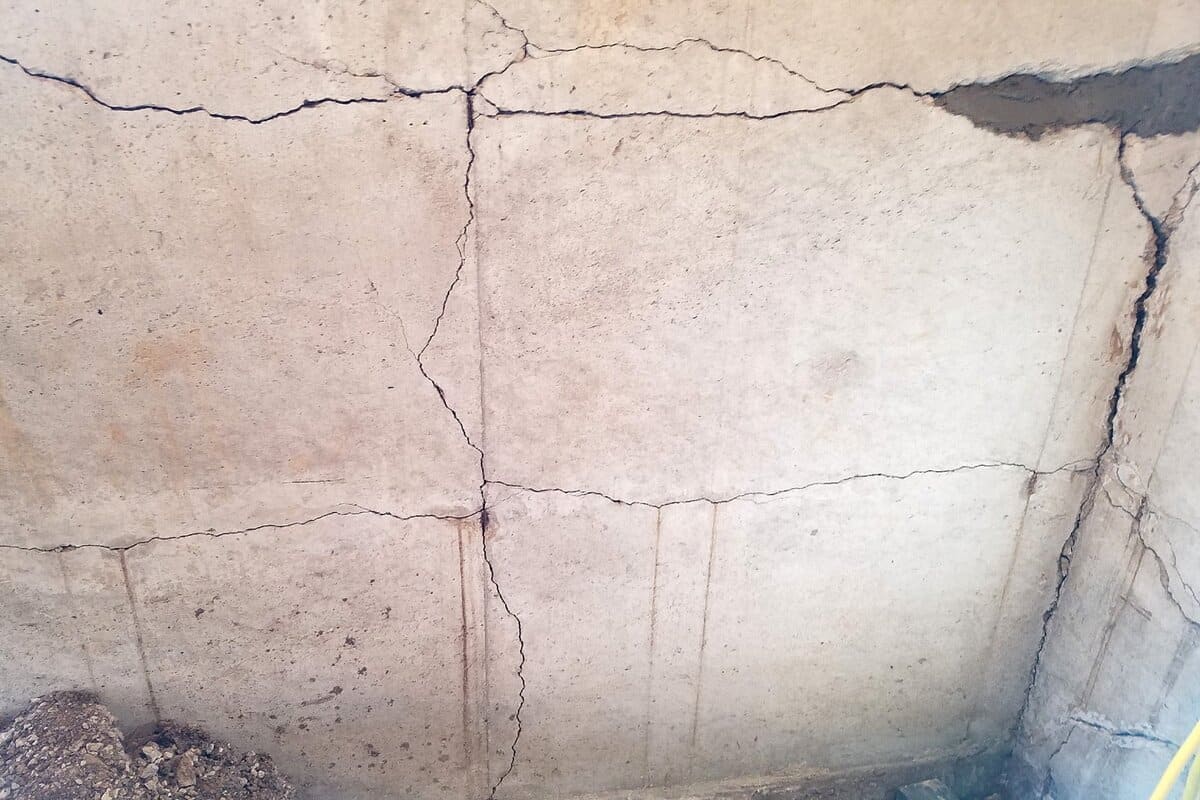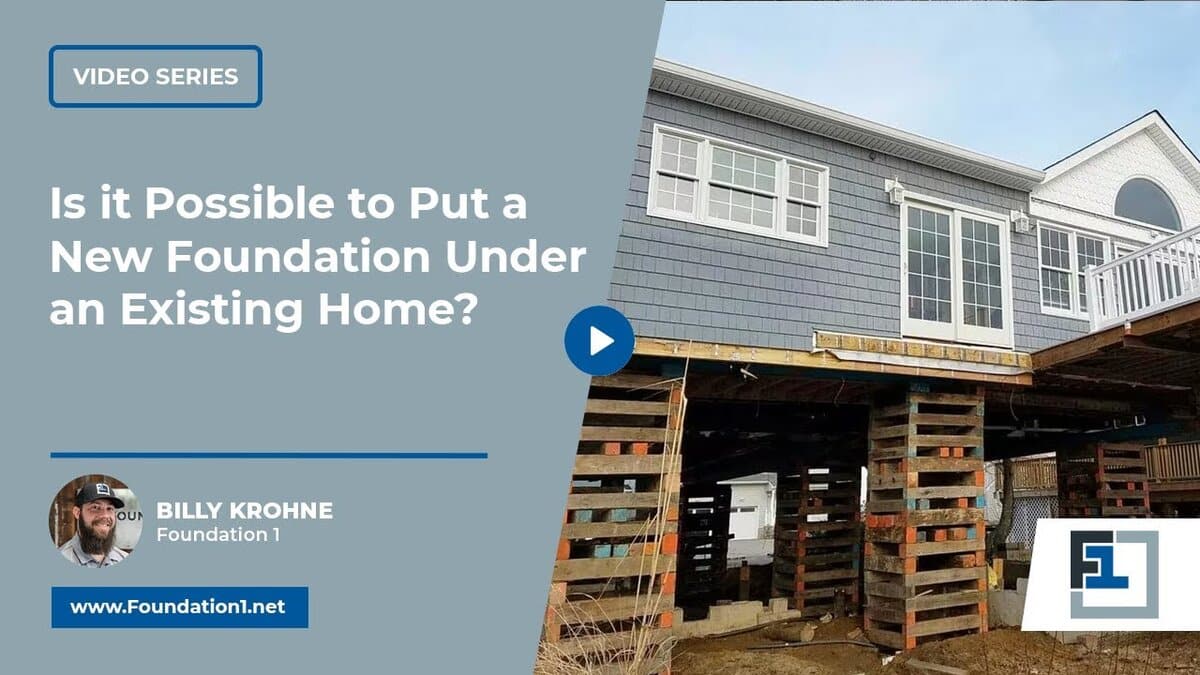Foundation piers are essential components of a building’s structural support system. These piers, positioned directly beneath the foundation, play a vital role in preventing settling and maintaining the integrity of the structure above. In this article, we will explore the significance of foundation pier installation, the various types available, and the process of installation.
The Importance of Foundation Piers
Foundation piers serve as stabilizing anchors for buildings, ensuring that they remain level and structurally sound. Without adequate support, structures may experience issues such as uneven settling, cracks in walls or floors, and even structural failure. By providing support directly beneath the foundation, piers help distribute the weight of the building evenly, reducing the risk of damage over time.
Types of Foundation Piers
There are several types of foundation piers available, each designed to suit different structural needs:
Concentric Piers
Concentric piers are positioned directly beneath the center of the foundation, providing uniform support and stability. These piers are commonly used in residential and commercial buildings with relatively straightforward structural requirements.
Eccentric Piers
Eccentric piers are installed slightly off-center, offering targeted support to areas experiencing greater stress or settling. This type of pier is often used in buildings with uneven settling or specific structural issues that require customized support.
Helical Piers
Helical piers feature helical blades that are screwed into the ground, providing secure anchorage for the foundation above. These piers are ideal for structures located in areas with unstable soil conditions or where traditional foundation support methods may not be feasible.
The Installation Process
The foundation pier installation process typically involves the following steps:
- Assessment: A thorough inspection of the structure is conducted to determine the extent of the settling and the appropriate type of piers needed for stabilization.
- Preparation: The area around the foundation is cleared, and any obstacles or debris are removed to ensure access for the installation equipment.
- Installation: The piers are installed using specialized equipment, such as hydraulic jacks or helical screwdrivers, depending on the type of piers chosen and the soil conditions.
- Adjustment: Once installed, the piers may be adjusted to ensure proper alignment and support for the foundation above.
Duration and Warranty
The duration can vary depending on the severity of the settling and the number of piers required for stabilization. While some projects may be completed in as little as one day, others may take up to seven days to ensure a proper fix.
All foundation pier installations come with a lifetime transferable warranty, providing peace of mind for property owners. Once installed, there is no need to worry about future issues related to settling or structural stability.
In Summary
Foundation pier installation plays a significant role in a building’s structural support system, providing stability and preventing settling. With various types available, including concentric, eccentric, and helical piers, there is a solution for every structural need. The installation process, while varying in duration, ensures a lasting fix backed by a lifetime transferable warranty.
If you have concerns about your building’s foundation, don’t hesitate to contact us. Our team of experts is here to provide guidance and assistance to ensure the stability and longevity of your structure.




